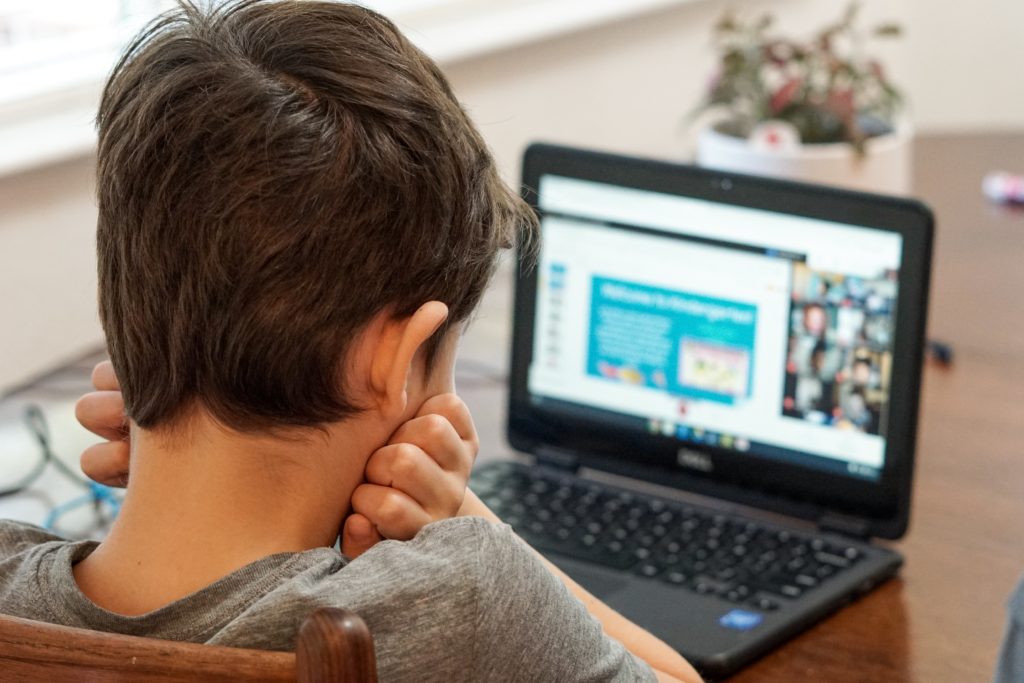As a result of the COVID-19 pandemic, schools across the country have been forced to close their doors, leaving students to learn from home via video conferencing services and other virtual tools. Unfortunately, remote learning has laid bare the digital divide in the United States and widened the homework gap for students across the nation.

The digital divide is the disparity between those who have access to high-speed internet and those who do not. The homework gap is a symptom of this divide, with millions of students who don’t have the connectivity they need to do schoolwork from home. Students without access to high-speed internet suffer and fall behind as a result.
In unserved and underserved communities, some steps have been taken to try and deliver better connectivity to the students who need it most. For instance, the Ohio Public Library System will receive Wi-Fi hot spots that can be checked out to deliver internet access to students in the Appalachian Region. In Texas, the Austin Independent School District deployed over 250 Wi-Fi-enabled school buses to aid students who have little or no internet access at home.
While offering Wi-Fi hot spots in libraries or deploying connected buses are good immediate fixes, it’s important that structural changes are made to help deliver high-speed connectivity to all students across the country.
But there are two issues here: students need access to broadband in their homes, but they also need to access that broadband via a router with clear, open Wi-Fi channels. This latter issue means that, because Wi-Fi-enabled devices are so popular and critical to how we learn and work today, our Wi-Fi networks are crowded. We need more spectrum to accommodate the connectivity needs of remote students.
Over the last year, the FCC has looked to solve this issue and took important steps to open the 5.9 GHz and 6 GHz bands of spectrum for shared usage by Wi-Fi. This is an important step towards helping connect students learning virtually across the nation — but it’s important that a path is cleared for the 5.9 GHz band as well.
At the current moment, the 5.9 band sits almost entirely unused. Opening that band up would provide a great step forward for connectivity in America. The 5.9 and 6 GHz bands will improve virtual learning outcomes for students across the country, especially for students in rural areas with limited access to get and stay connected during the school day.
With millions of students forced to learn from home amidst a once-in-a-generation pandemic, the digital divide and subsequent homework gap has become even more dire. While patchwork fixes like hot spots and Wi-Fi buses help in the interim, it is critical that the FCC unlocks the potential of 5.9 and 6 GHz to make it possible for all students in the country to access gigabit Wi-Fi.
